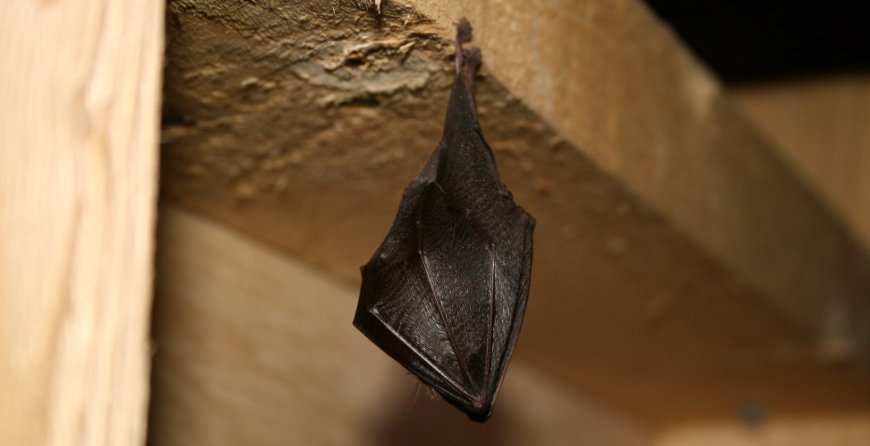Richard has successfully passed the Natural England training and assessment and is now registered to use Annexes B, C & D of the new Natural England Bat Mitigation Class Licence WML-CL21.
The Bat Mitigation Class Licence (BMCL) permits activities that will have a low impact on the roosts of common or widespread species and offers time and cost savings over an individual European protected species licence. It covers:
- the disturbance and capture of bats and/or
- damage or destruction of no more than three low conservation significance roosts,
- affecting no more than three species of bats
- which are present in small numbers in a limited number of structures.
Each site must be registered with Natural England before the licence is relied on. Registration is usually confirmed within 2-3 weeks of registering with Natural England.
Annex A is for Registered Consultants operating only in specific northern counties of England, because of the lower number of species found further north.
Annex B covers the same seven common or widespread species and the same roost types as the Bat Low Impact Class Licence and can be used for registered sites in all
counties of England. Species that can be covered include common and soprano pipistrelles, brown long-eared, Natterer’s, Daubenton’s, Brandt’s and whiskered bats.
Annex C covers low conservation significance serotine bat roosts, i.e., day, night, feeding and transitional/occasional roosts used by small numbers of serotine bats. Roost compensation/mitigation should include retention or re-creation of roosts and access points. Bat boxes are not appropriate compensation for serotine bats. A presence/absence survey must be carried out at an appropriate time of year. It must be done at least two years after and within five years of completing the licensed activities.
Annex C can only be used to register serotine bat roost sites in the following counties, including any unitary authorities present within these counties:
Annex D covers low conservation status lesser horseshoe bat roosts, i.e., day and transitional/occasional roosts used by small numbers of lesser horseshoe bats. It does not include night roosts and feeding roosts. Roost compensation/mitigation should include retention or re-creation of roosts and access points. Bat boxes are not appropriate compensation for lesser horseshoe bats. A presence/absence monitoring survey must be carried out at an appropriate time of year. It must be done at least two years after and within five years of completing the licensed activities.
Annex D can only be used to register lesser horseshoe bat roost sites in the following counties, including any unitary authorities present within these counties:
- Bristol
- Gloucestershire
- Cornwall
- Herefordshire
- Devon
- Somerset
- Dorset
- Wiltshire
Natural England charges may apply. Click here for further information.

